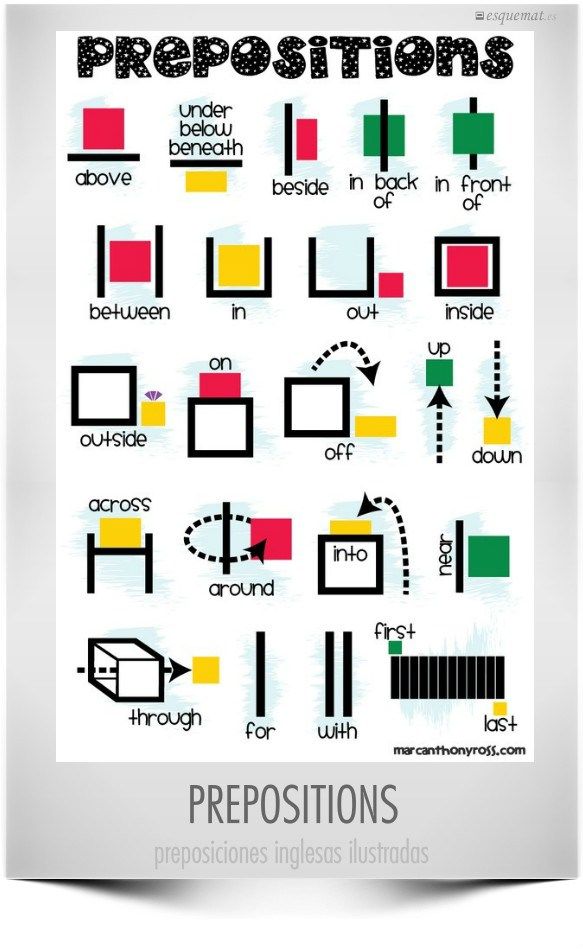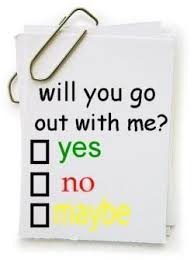
When you say there are plenty of cats in the street, it means there are enough cats, or more than enough (= too many).
If you say that you have plenty of money in your bank account, you’re in a good position. It means you have enough money.
If you go on a picnic and you’ve taken plenty of food, it means you won’t be hungry.
So plenty means enough or as much as you need.
Please note you can use plenty with the singular and the plural. So with one thing or with many things.
See for yourself what the difference is:
Singular: There is plenty of flour in the cupboard.
Plural: There are plenty of pencils in the drawer.
By the way, there is an idiom that says: “plenty more fish in the sea” or “there are plenty of fish in the sea.” When do you say this?…








